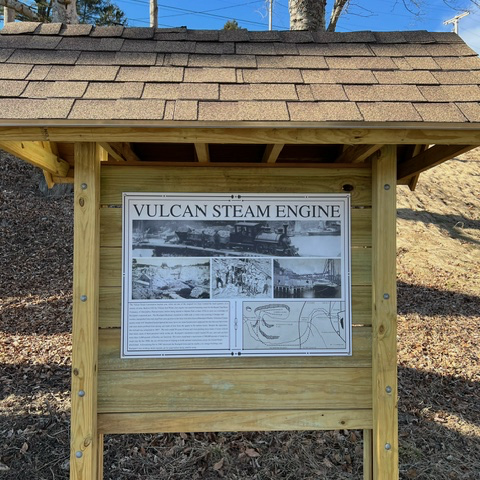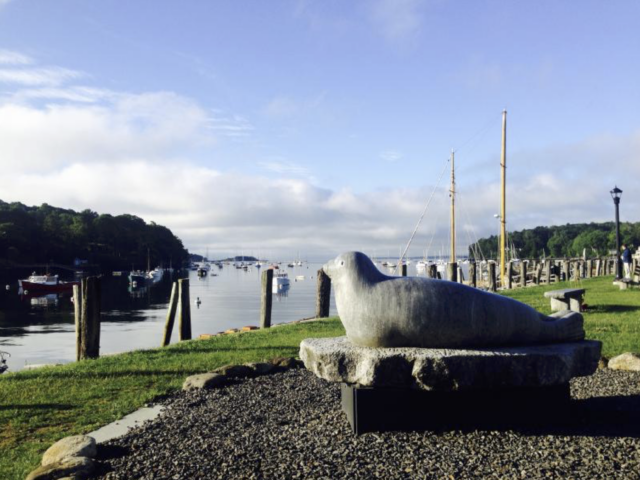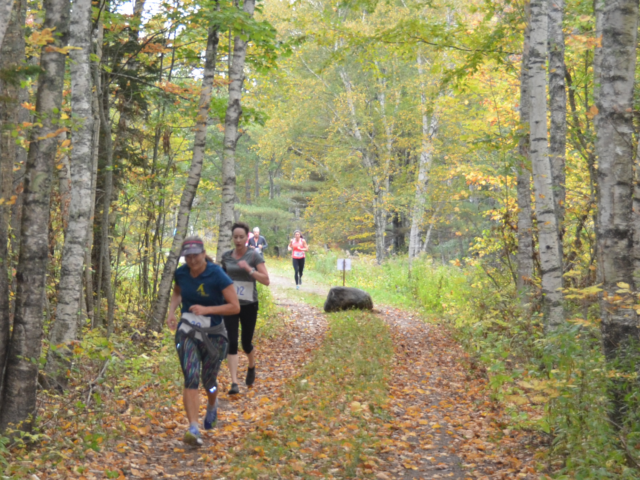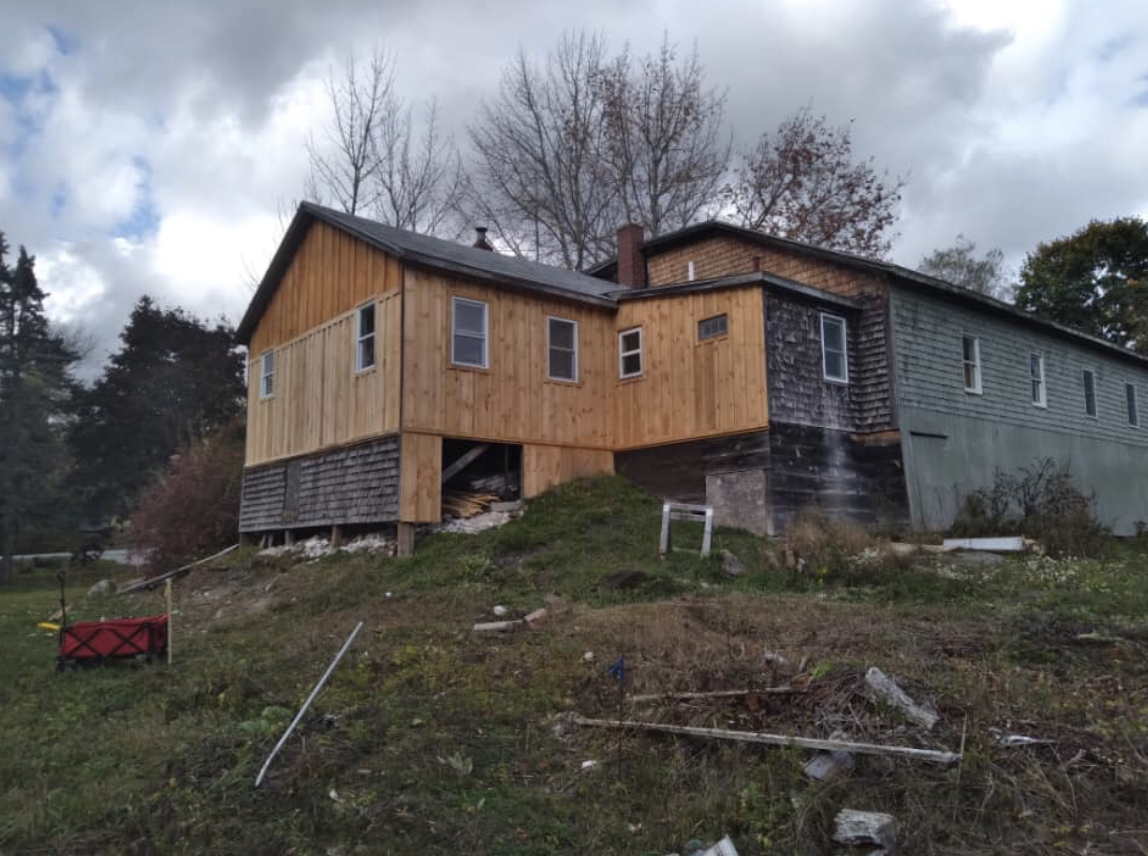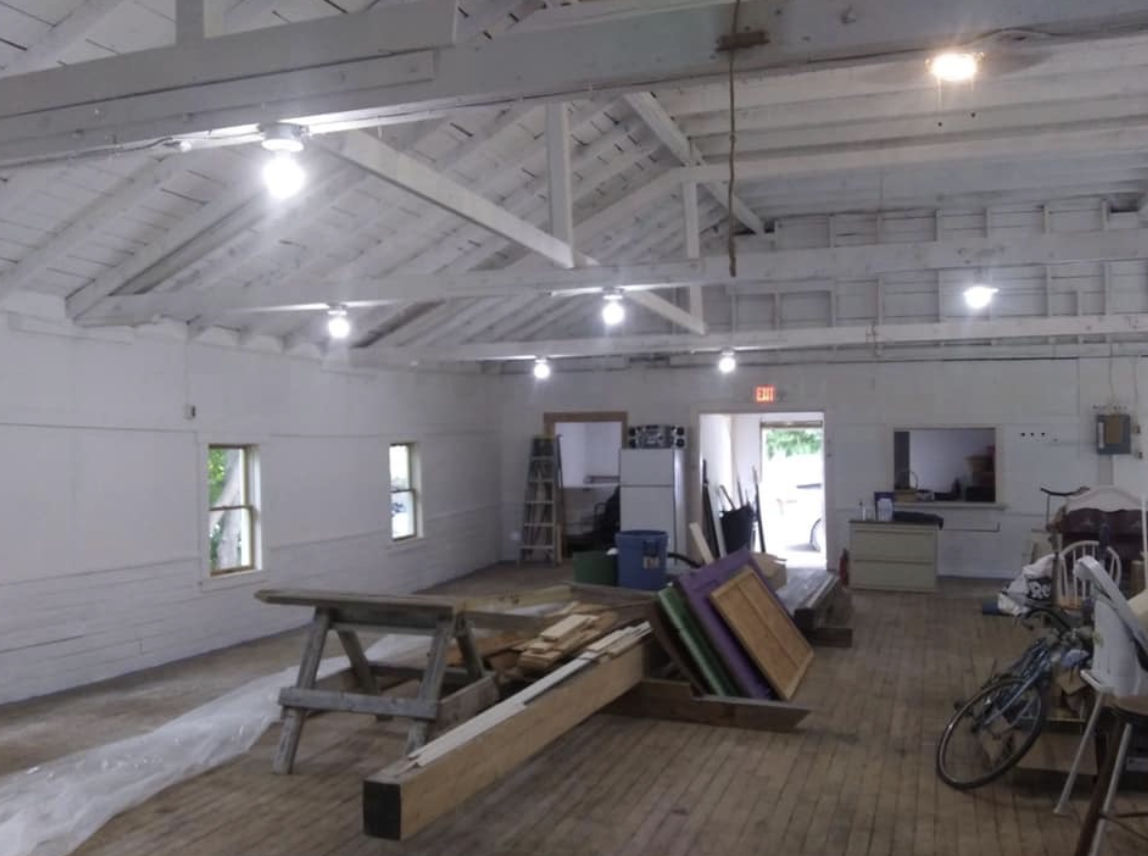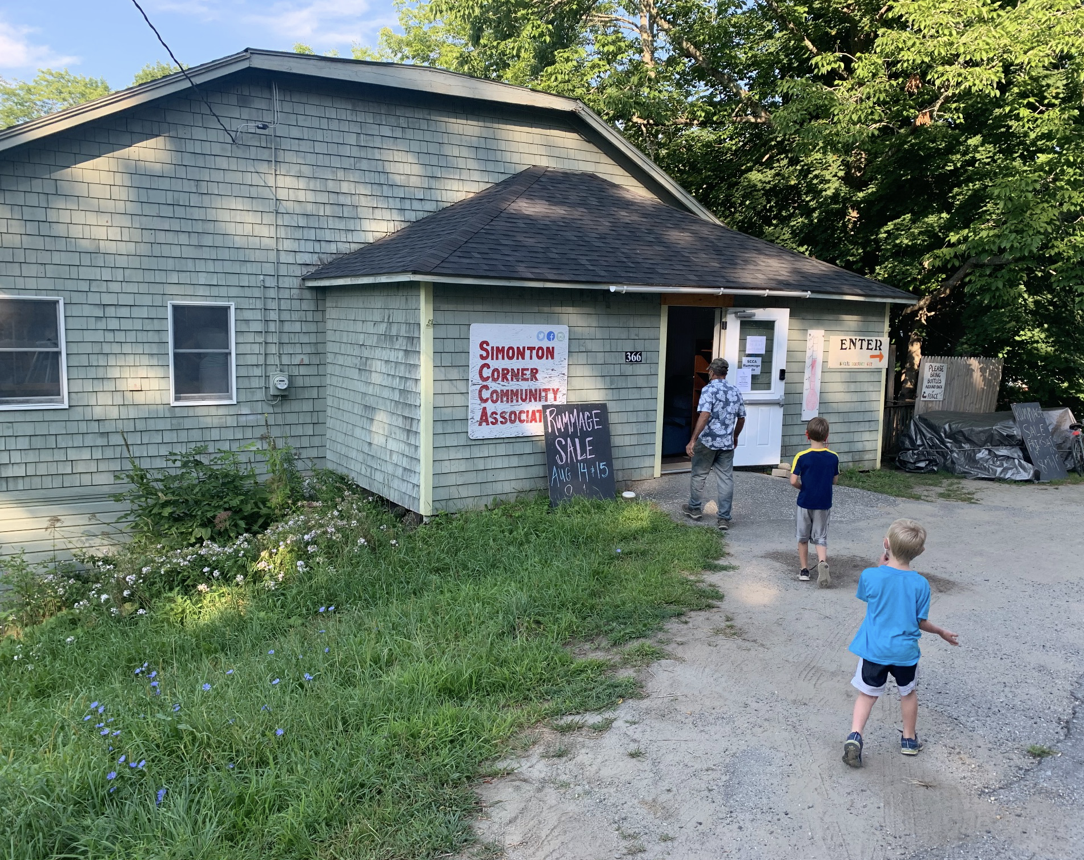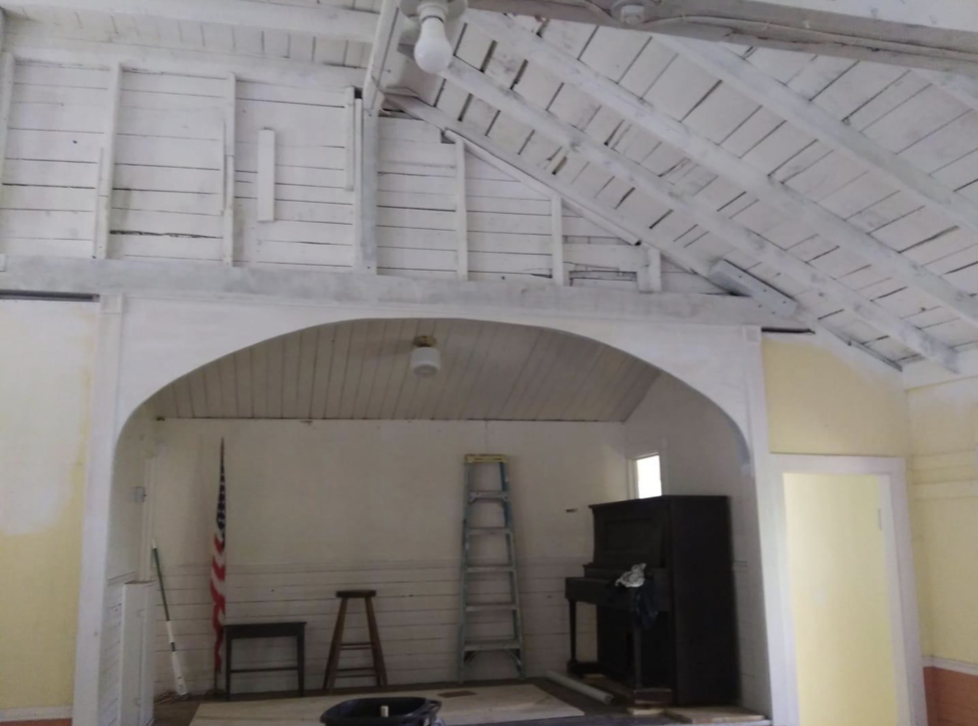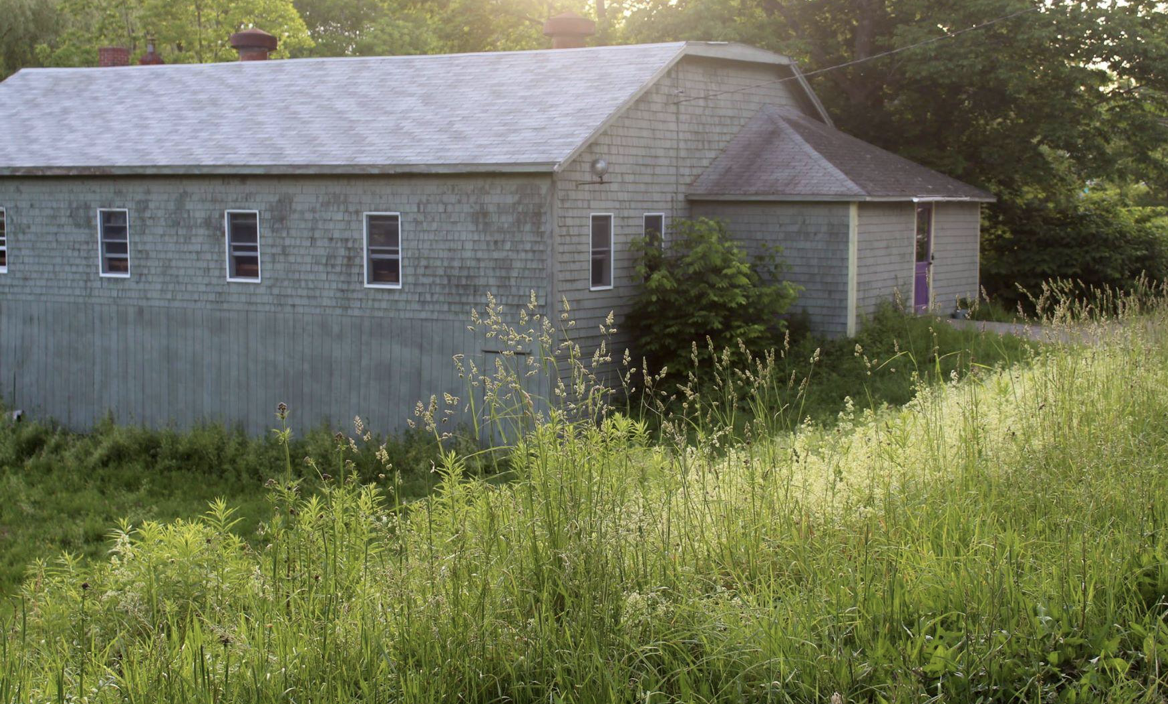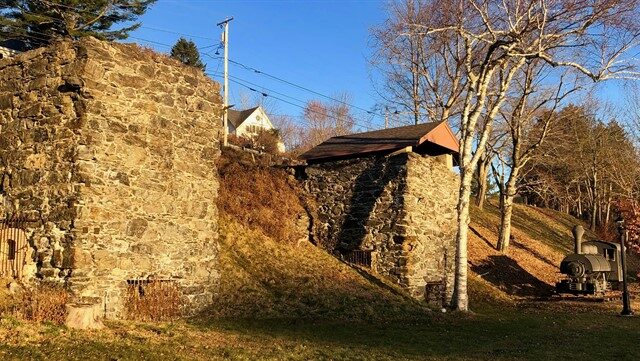In 2018, a collaborative fundraising campaign began to make repairs to the 46-year-old statue of Rockport’s iconic Andre the Seal. The limestone statue had sustained cracks in his head and torso.
Andre is a large sculpture that resides next to the water at Rockport Marine Park. He has been there since 1978 when noted American sculptor and artist Jane Wasey carved him from limestone, and mounted the polished seal onto a granite base.
Wasey, of Lincolnville, created him in honor of the real Andre the Seal, the legendary sea mammal who was cared for by Rockport lobsterman and Harbor Master Harry Goodridge from 1961 to Andre’s death in 1986. Wasey, who died in 1992, was a highly-regarded sculptor of animals, working in stone and wood. Some of her work resides in the Metropolitan Museum of Art in New York City, and, according to her obituary in the New York Times, she once worked with sculptor Paul Landowski on the “Christ the Redeemer,” the 98-foot statue on Corcovado Mountain in Rio de Janeiro.
Andre, a harbor seal, lead a storied life, charming everyone (almost everyone, excepting a few fishermen) with his presence in Rockport. Tourists came from far and wide to meet him, and locals would greet him daily.
Andre would reside in Rockport Harbor during the summer, but after pestering local fishermen, and even capsizing a canoe, according to the book A Seal Called Andre, by Goodridge and Rockport writer Lew Dietz, he was transported to Boston to winter over in the New England Aquarium. Come spring, Andre was released and he swam on his own volition downeast to Rockport Harbor, a routine that occurred for a number of years.
According to Goodridge, as quoted in A Seal Called Andre, the director of the aquarium paused with the thought of Andre swimming 200 miles through the Gulf of Maine. Goodridge responded that Andre, “would come home if he wants to come home.” The director asked, “How sure are you that he’ll want to come home.” To which Goodridge said: “He’ll either come home or go wild. We’ll find that out in the spring, won’t we?”
Andre returned home every spring, rounding the curve of Penobscot Bay, past Owls Head light, the Rockport Harbor monument, and down to the inner harbor to the mouth of the Goose River.
Crowds would gather at Rockport Harbor to visit with Andre and Harry, and after Andre died, his statue became the mecca for all visitors and locals who know of his remarkable legacy that made Rockport Harbor famous. Every spring, the Rockport Garden Club lovingly plants annuals around Andre, and children climb all over him. Couples from all the continents take selfies beside him, and families even trudge through the snow in the deepest dark of winter to visit the statue.
Loved so much, the statue, however, needed repair. Large cracks had deepened in Andre’s head and torso and the town was concerned that without restoration, Andre will further disintegrate.
Woolwich sculptor and engineer Andreas von Huene brought his tools to Rockport and carefully tend to Andre. That included inserting steel pins into the statue to secure the base of his head and to support the limestone.
Andre was repaired to the cost of $13,000. The Rockport Garden Club donated $2,500 and Legacy Rockport directed $6,500 to the project. Other funds swiftly arrived in donations from community members.
